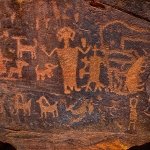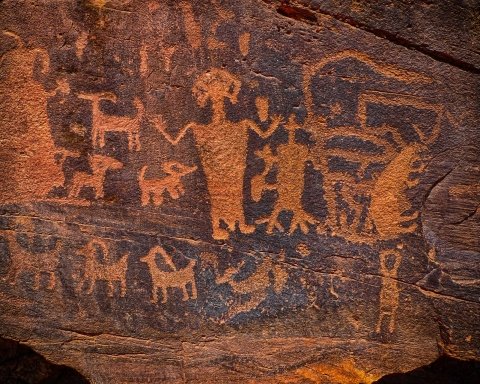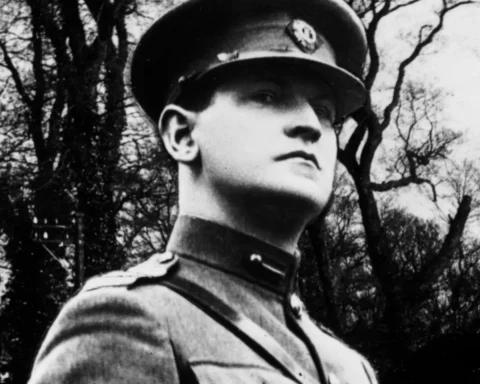“It was an age of miracles, it was an age of art, it was an age of excess, and it was an age of satire.” Fitzgerald, Echoes of the Jazz, 1931
Have you heard about the-harlem-renaissance. I believe everybody is familiar with F. Scott Fitzgerald and his best-known novel The Great Gatsby and its adaptations to screen, instead of Leonardo DiCaprio’s splendid performance in the film version, I rathe intend to touch on a completely different point of view today.
The view of Fitzgerald is that he assumes The Jazz Age was, (since it was the time when jazz music blossomed and became tremendously popular) an age of satire that had nothing to do with miracles, art, extremism and politic. However he defines the period from the end of the Great War to the Great Depression as the “Jazz Age.”
He even goes further, and in The Great Gatsby, he demonstrates that the American Dream, that impresses each living being with its dazzling and irresistible grandness, has moved away from its purpose. Nonetheless, I shall no more stray away from the title and allow you to understand the relationship between all these and the Harlem Renaissance.

The Great Migration of 1916 led to the Harlem Renaissance, and that was mostly associated with the Jazz Age. The significance of these two periods was in the creation of mostly positive and unforgettable productions by African American people.
It was not just literature but also music, painting; it was movies, poetry, jazz and manifestation to some extent. It was the time when authors, scholars, artists and bohemians were awaken to the standardization of life. The main themes mostly focus on enslavement, harassment, and racial prejudices.
Moreover they aim to raise racial awareness and promote racial integration. Under the favor of the Harlem Renaissance, African American literature, music, and art became part of mainstream American culture.

In New York City, Harlem was the neighbourhood where African American people rallied and laid the foundation of what we call now as the Harlem Renaissance, a social, cultural and artistic revolution. More precisely, Harlem became home to people without any discrimination (!) based on gender, race and class.
They dont even get permission before, so finally they found a way to exchange ideas, to improve their creativeness and originality. This all was to prove their intellectuality and to excel in academic life.
Such ingenious and conscious people produced phenomenal talents. Langston Hughes was one of the most significant authors. Duke Ellington and Louis Armstrong were marvelous musicians. Jazz combined African rhythms, blues, and ragtime to produce a unique sound.
It also spread from its birthplace in New Orleans to other parts of the country. There is no doubt that Harlem’s most famous nightclub was the Cotton Club. It made stars of many African American performers. But only white customers were allowed in the club (this is senseless), at least for the beginning.
On top of that, African American people got a chance to express themselves freely much more than in any period of the history, I believe no one could explain this revolutionary period better than Langston Hughes where he writes a brilliant end saying that:
“We younger Negro artists who create now intend to express our individual dark-skinned selves without fear or shame. If white people are pleased we are glad. If they are not, it doesn’t matter. We know we are beautiful. And ugly too.” -Langston Hughes ‘‘The Negro Artist and the Racial Mountain”
Cover Picture: Maude Russel and her Ebony Steppers – 1929 Cotton Club Show: “Just A Minute”.












